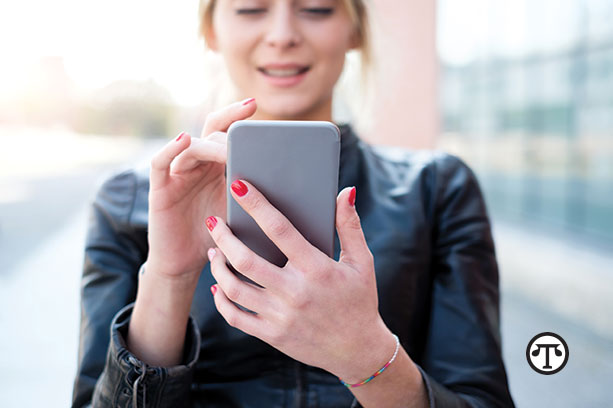
(NAPSI)—Today’s hearing aids do much more than just help you hear. They’ve been re-engineered into smart assistive tools that transform the way wearers interact with the world. The key to unlocking the full potential of modern, advanced hearing aids is to connect them to your smartphone.
- Discreet volume and setting control: Many people don’t want others to know they’re wearing hearing aids. Hearing aid apps let you easily adjust volume and settings directly from your smartphone. Instead of pushing buttons on your hearing aids, you can adjust them for optimal performance with a few swipes on your screen. Others will think you’re simply sending a text.
- Access to remote hearing care: Smartphones make it easy to communicate with other people and that now includes your hearing care professional (HCP). Skip the in-office appointment for minor adjustments by using a telehealth hearing aid app to schedule a virtual visit. Your HCP can evaluate your progress with your hearing aids and fine-tune them remotely.
- Stream audio: Hearing aids don’t only help you hear sounds you would have otherwise missed as part of the broader soundscape. You can now connect to your smartphone and stream sound directly to your ears via Bluetooth for greater clarity. Look for options that transmit phone, TV and music audio in stereo to both hearing aids for the highest-quality listening experience.
- Improve hearing aid performance: You can adapt to new hearing aids faster by using apps with listening exercises, to track your hearing health and rate your hearing aid performance in settings such as the car or restaurant. The apps can also let your HCP know how you’re adapting to your new devices and if anything needs to be adjusted. Consult user guides and FAQs for information on how to get the best hearing aid performance in any situation.
- Adjust settings based on your motion: Smartphones have built-in motion sensors that your hearing aids can leverage to improve how you hear. By sensing your movements and transmitting this information through a smartphone app, your hearing aids can learn the best settings for amplification and directionality. Instead of just focusing on the sounds in front of you, connected hearing aids detect sound from all around. This can be especially important when walking or running outside because it enables you to hold conversations while on the move and remain aware of environmental sounds such as approaching cars.
Learn More
For further facts on hearing loss and hearing aids, go to www.signiausa.com.
- Dr. Robertson is an Educational Specialist for Sivantos, Inc. Her responsibilities include training customers on software and products both face to face and via virtual sessions. She has seven years of experience working in ENT settings with children and adults, as well as two years of experience at St. Joseph Institute for the Deaf, where she focused on audiology care for those up to 3 years of age. She has acquired a comprehensive understanding of diagnostics, hearing aid technology, counseling and addressing the hearing needs of individuals. Dr. Robertson received her bachelor’s degree in Psychology from Arkansas State University in 2002 and a doctoral degree in Audiology from Missouri State University in 2007.
“You can now connect your hearing aids to your smartphone and stream sound directly to your ears via Bluetooth for greater clarity. Some can transmit phone, TV and music audio in stereo to both hearing aids for the highest-quality listening experience. http://bit.ly/2DPaK17”
